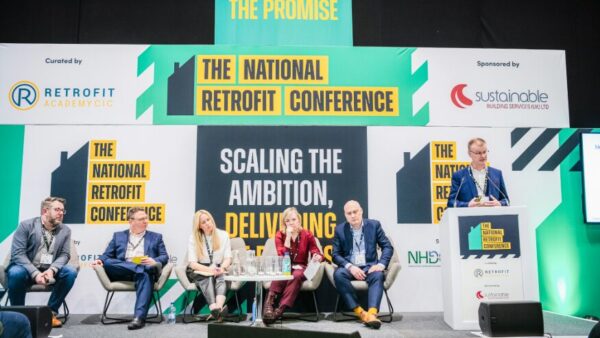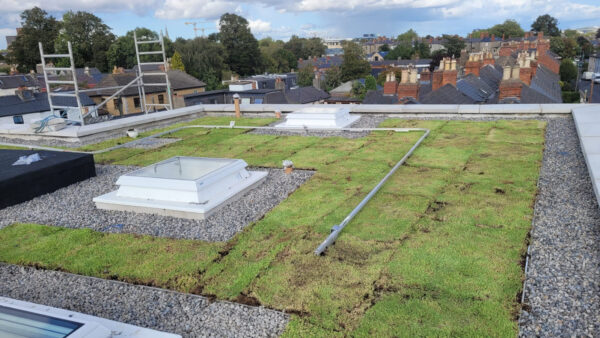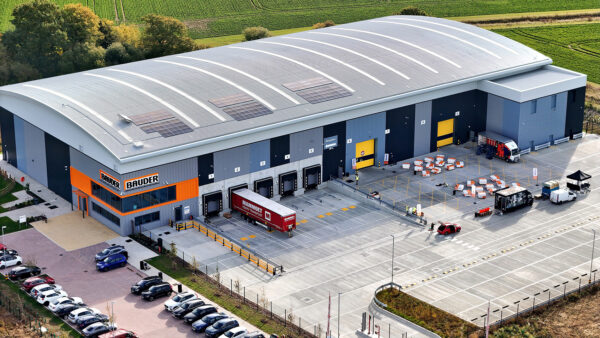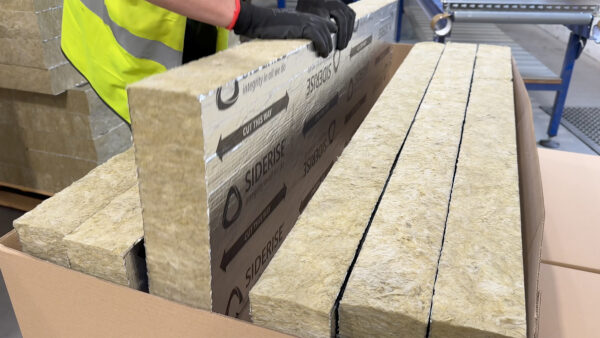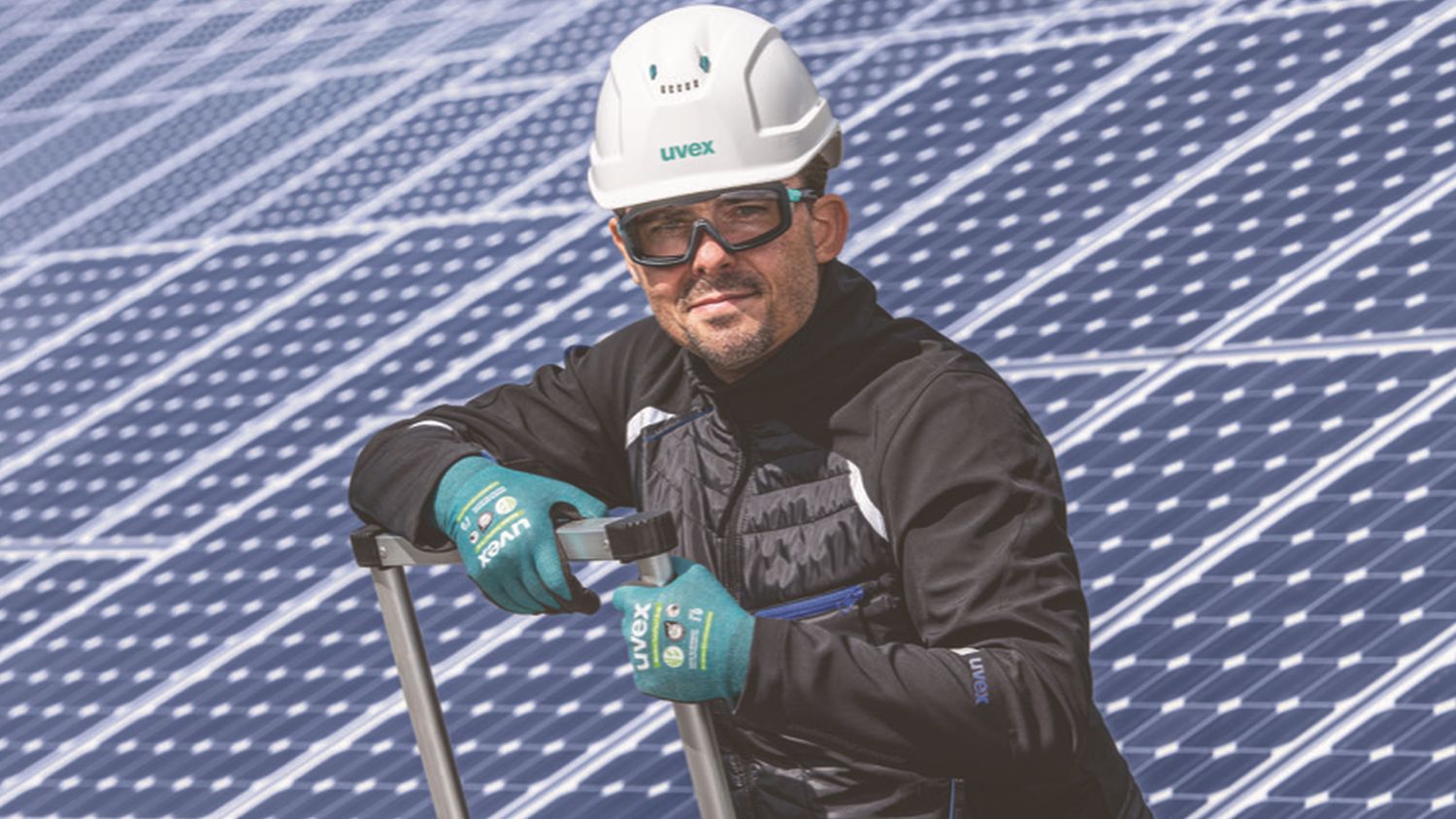
With sustainability becoming a key issue across all aspects of business, Clair Weston provides some top tips on buying PPE that will protect both people and the planet.
Today, carbon dioxide is at its highest level for two million years and compound extreme weather events are on the rise. It has therefore never been more important to take an environmentally conscious approach to business and the way we live.
Here we provide our top tips on how you can ensure your PPE purchases are as sustainable as possible:
1. Look for longevity
Quality and longevity are two of the most important factors when considering whether PPE is truly sustainable. If products do not match up to expectations or have a short service life, they end up going to landfill far sooner. Buying products that have been designed to withstand everyday use and for a longer period of time, not only costs less over the long term but also saves resources and generates less waste. This is why it’s important to purchase products that offer proven quality and durability. For example, some gloves include enhanced features such as double abrasion resistance in key stress areas such as in the thumb crotch to enhance durability and increase service life. Similarly, permanent lens coatings on safety eyewear not only enhance the wearer experience, helping to boost compliance, they also reduce hidden costs such as the administration burden of frequent orders, the environmental impact of additional waste packaging and CO2 emissions during the transportation of goods.
2. Go for greener materials
Plant-based and bio-based materials can boost products’ sustainability credentials without compromising protection. Examples include bio-based HDPE (high density polyethylene) made from sugar cane, Lavalan (pressed wool), Prolan (pressed Bavarian sheep’s wool), rapeseed oil-based PU foams, and textiles made from recycled PET bottles. Recycled materials can also protect the environment and conserve resources. Recycled polyamide from production surplus and recycled PET plastics from drinking bottles, for example, can be used to manufacture frames for safety eyewear products. Bioplastics are now being used in helmet shells, while the headbands can contain regranulated helmet shells which helps reduce process-related waste. Silky bamboo-viscose material, which makes use of a renewable raw material and recycled polyamide, is also being used in gloves to improve comfort thanks to the soft, smooth fit and high moisture (sweat) absorption properties.
3. Pick the right packaging
Choosing products with the right materials goes beyond the PPE itself – the packaging can also have an adverse impact on the environment, filling up landfill and taking a long time to biodegrade. Plant-based materials such as grass-based cardboard, on the other hand, are highly sustainable because they biodegrade. Other environmentally conscious options include recycled packaging film and bags made from renewable raw materials such as Tencel, while user instruction leaflets should be made with recycled paper.
4. Keep an eye on carbon emissions
The production process for PPE can result in a substantial carbon footprint, so it’s vital to look for products that have been created with minimal CO2 emissions. For example, you can ask whether your PPE manufacturer uses renewable energies, CO2 neutral gas or what processes they have in place such as gas combustion processes to minimise its impact. To conserve or generate energy at production facilities, measures can be implemented such as LED lighting with presence detectors, photovoltaic systems on the roof, and heat-recovery processes. Some manufacturers have also built recycling centres to reduce and recycle waste. Buyers of PPE should also look out for companies that are measuring and monitoring their consumption of water at production facilities in order to uncover opportunities to reduce usage. Companies certified according to the environmental management system ISO 14001 and/or energy management ISO 50001 have been externally verified against criteria that deems them as having particularly sustainable and responsible environmental performance practices. It’s worth asking a company for a copy of their certificate of registration which includes a timeframe to prove if a company is certified and ensure you are working with a legitimate and honest company.
5. Take out toxic substances
Certain substances used in the production processes including PPE can be hazardous to the planet. REACH (Registration, Evaluation, Authorisation of Chemicals) has regulated chemical legislation in the EU since 2007 and provides a list of restricted substances. This includes persistent organic pollutants (POPs), for example, which persist in the environment, bioaccumulate through the food web, and pose a risk of causing adverse effects to human health and the environment. Look for manufacturers who go above and beyond the REACH list, by, for example, taking steps to avoid a far greater range of potentially harmful substances to avoid causing any unnecessary harm to people or planet.
6. Find recognised reporting frameworks
When choosing products, it’s always important to seek out manufacturers that use globally recognised reporting frameworks such as GRI, EcoVadis, the Greenhouse Gas Protocol, REACH and Proposition 65. These frameworks allow the manufacturers to report their efforts transparently so that individuals and businesses can see for themselves the extent of their activities and the impact on the world around them.
At uvex, “protecting people” has been our mission since 1926 – and “protecting planet” is the natural continuation of our mission. Since 2012, we’ve implemented more than 300 measures to improve our green credentials and reduced our CO2 output by 70%. This has been possible because we are 100% owned by the uvex safety group and manufacture over 80% of all products in our own facilities within Europe, giving us the ability to control our impact on the environment directly. We’re now launching a complete product system of environmentally friendly products for the first time. PPE featuring our “protecting planet” label offers maximum transparency and information about our sustainability activities, from resource-saving products and innovative measures in our factories through to social commitment and social projects based on the ILO (International Labour Organisation) framework.
Clair Weston is marketing manager at uvex safety group.



